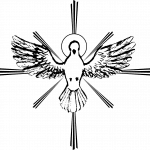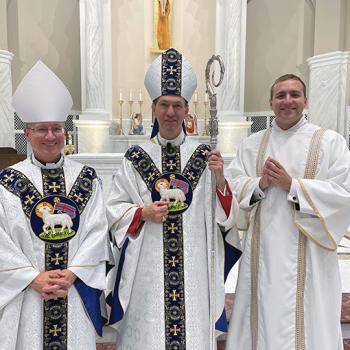When we think of the early days of Christianity, there is a tendency to think about our ancestors in the faith in today’s terms. We may think they met in churches when they actually met in homes. That every doctrine that we hold to today was laid out the same back then. Unfortunately, this line of thinking could not be further from the truth. The early Church dealt with many issues, and one of those issues was over Christology. When it comes to Christology the early Church specifically had to deal with Adoptionism and Docetism.
These are two Christologies that were heretical in nature, but they were attractive to people because they answered some lingering questions that had not yet been answered. Before those answers are discussed it is prudent to define these two terms.
Adoptionism And Docestism Defined
Adoptionism is a Christological belief that Jesus was adopted as the son of God either after his baptism, resurrection, or ascension. This view was seen in many parts of early Christianity, but a writer by the name of Apollinaris wrote about it extensively.
Regarding this Richard Norris writes, “The divine Logos ‘became human’ in the sense that he became embodied and thus shared the structural constitution of a human being” (Norris 22). In the view of Adoptionism Christ only became Christ after he was adopted after spending his life doing God’s will. In other words, the He was not born with two natures.

The other Christological view to be discussed is known as Docetism. Docetism was an early form of Gnosticism which taught that all matter was evil. Since all matter was evil it stands to reason that Christ was not crucified. They saw no need for the Son to make himself involved in physical matters.
Many in the early church such as St. Irenaeus and Tertullian fought against the growth of this sect. The sect hated the flesh and taught that the divine spirit left the person of Christ before he died on the cross. They failed to realize that man was made in God’s image, and even with all its faults the flesh is an object of God’s love and grace.
Views Are Contrary To Scripture
These two theories became popular, and even thrived, because they answered two questions. Firstly, can a “whether a mediatorial Logos, when he becomes incarnate, can honestly be understood as God present in person” (Norris 8). Secondly, if the idea of the incarnation is a contradiction. There were several reasons why they were rejected. In the case of Adoptionism it simply contradicts scripture.
Scripture teaches in many places that the Son always was and was not something that came later. One such passage is John 1:1 which states, “In the beginning was the Word, and the Word was with God, and the Word was God” (NRSV). This shows that Christ always, and since the womb Christ was fully human and fully divine. For his sacrifice on the cross to be redemptive it had to be a sinless offering.
This could not have happened if it was a man who was adopted at thirty years of age. In the case of Docetism scripture also states that Christ willingly put on flesh. We see this in Hebrews 2:14, “Since, therefore, the children share flesh and blood, he himself likewise shared the same things, so that through death he might destroy the one who has the power of death, that is the devil” (NRSV). This shows again that if Christ was not also flesh then the cross meant nothing, and the Gospel is nullified.
Works Cited
Holy Bible, New Revised Standard Version
Norris, Richard. The Christological Controversy. Philadelphia, PA: Fortress Press. 1980. Print.
Pictures courtesy of pixabay.













